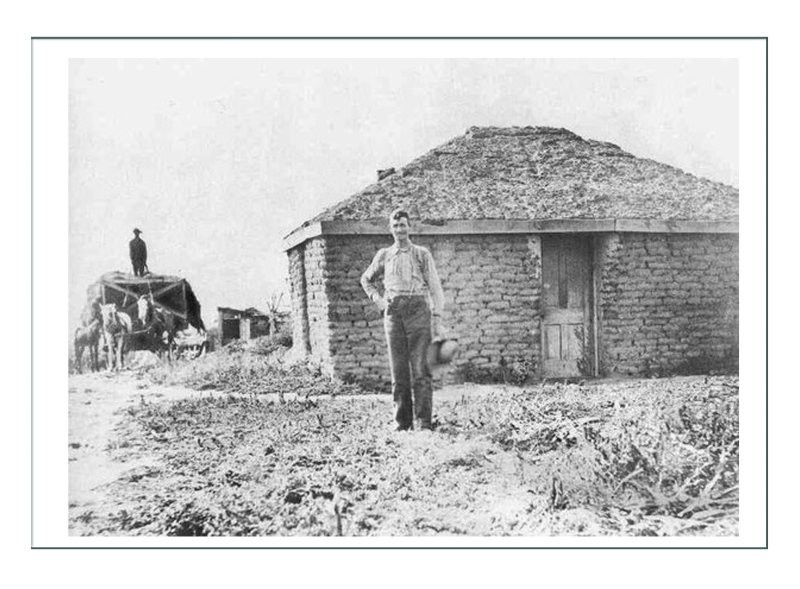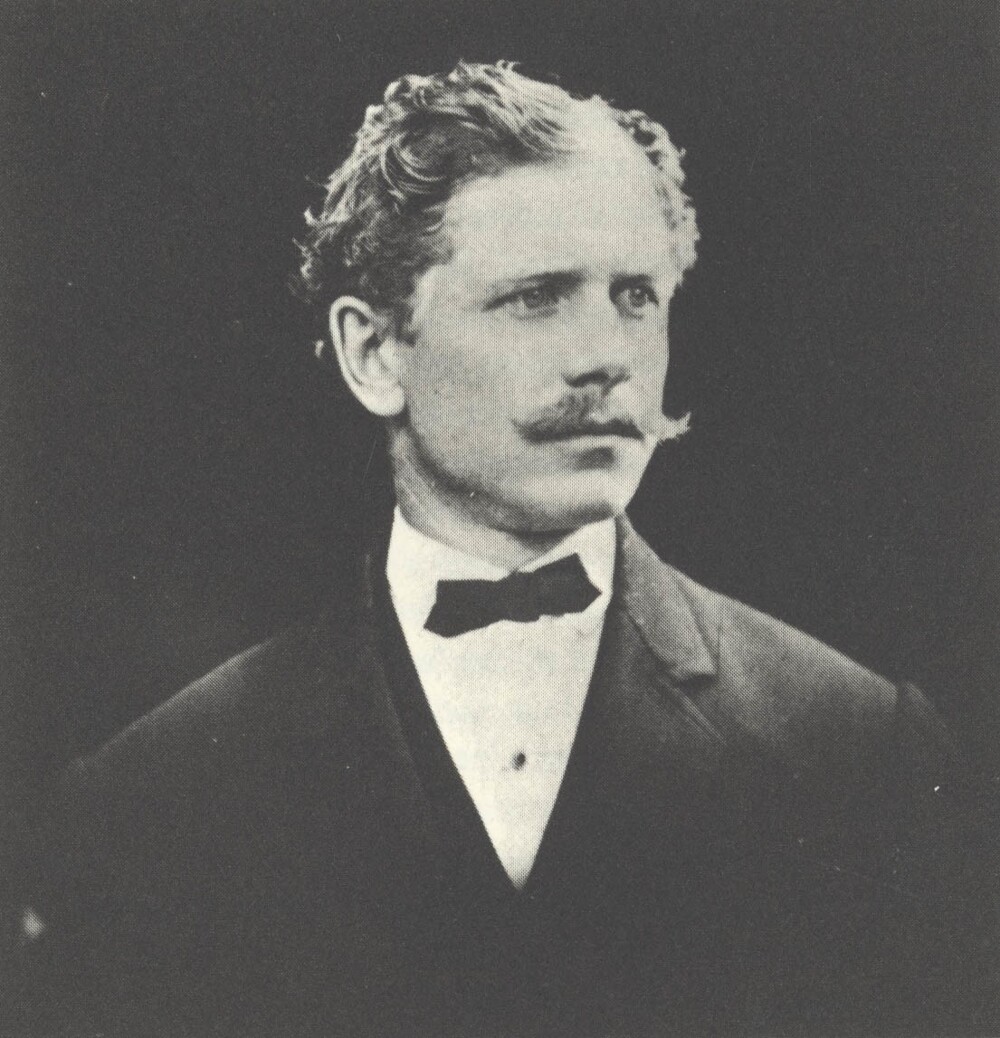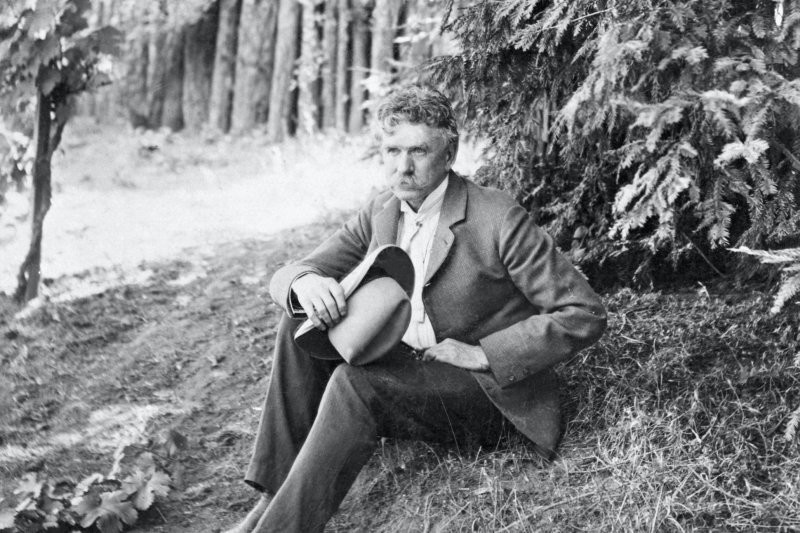“Yes, what is it! Did he disappear into thin air? Often people use this expression when they cannot find some thing that was just here. Or another person. 
Meanwhile, cases when people really disappeared literally before the eyes of eyewitnesses, practically dissolving into thin air, did occur. 
The man in the photo is believed to be David Lang
It was an ordinary day, September 23, 1880. Farmer David Lang was walking around his fields near Gallatin, Tennessee.
The terrain through which the man walked was large and flat. There were no trees, no stones, no fences. Lang's wife and children watched him from home. Two men rode by in a wagon and also watched Lang as he walked across the field. Suddenly, in front of all the witnesses, Lang disappeared literally mid-step. He just raised his leg to take the next step, but did not have time to lower it and disappeared.
A year later, the farmer's daughter stood in the place where her father had disappeared and called for him. Receiving no answer, she turned to go back into the house when she heard a faint cry for help. The voice belonged to the father. The girl ran after her mother. Both women heard the faint voice of the missing man. They returned the next day and heard Lang calling for help again, although the cry was weaker. After a few days the voice became too weak and was no longer heard.
One source says that in the area where David Lang disappeared, grass grew unnaturally well. At the same time, not a single insect approached it, and the cattle refused to graze there, roaring loudly and stubbornly running away. Other sources report the exact opposite - grass did not grow there at all, although throughout the entire area it was excellent - lush and green.
Origin of the story 
Ambrose Bierce
In 1888, writer Ambrose Bierce published a story in the San Francisco Examiner, "The Trouble of Crossing a Field." It tells the story of a slave owner who disappears into thin air on his farm. Subsequently, the court declares him dead and divides his property. 
Most historians consider Bierce's work to be the primary source for David Lang's story. Here's an excerpt:
Williamson strolled leisurely along the gravel path, picking flowers as he went, crossed the road and entered the pasture, stopping for a moment, closing the gate leading into it, to greet a passing neighbor, Armor Wren, who lived on a neighboring plantation. Mr. Wren was riding in an open carriage with his son James, a thirteen-year-old boy... At that moment one of the horses in the carriage stumbled and nearly fell. Before she had time to come to her senses, James Wren exclaimed: “Father, what happened to Mr. Williamson?”...
As we were leaving the carriage at the field gate, and Sam was tying up the horse, Mrs. Williamson, with the child in her arms, and accompanied by several servants, came running down the path in great excitement, crying: “He's gone, he's gone! Oh my God! Horrible!
An element that was not taken from Bierce's story is the part where Lang's daughter walks onto the field and hears his faint voice crying for help.
Folk history as part of modern culture 
Ambrose Bierce's original story was so intriguing that it was constantly the subject of discussion. In 1893, the author included it in his anthology, Can Such Things Be? Fate magazine subsequently published David Lang's story in its July 1953 issue. This version is said to have included an interview with Lang's daughter Sarah. However, this story likely has no connection to a real person, as there was no Lang family living in the area in 1880, according to census and other records. 
Production of "Difficulties of crossing the field"
The 1962 Twilight Zone episode "Little Girl Lost" is about a child who disappears into the fourth dimension, where her parents hear her faint cries for help. And in 2014, a composer named David Lang (and this is not a pseudonym) wrote a play that was turned into an opera.
Ironically, in 1913, the writer Ambrose Bierce actually disappeared without a trace somewhere in Mexico, as if vanishing into thin air. 
Ambrose Bierce
Add your comment
You might be interested in:






























